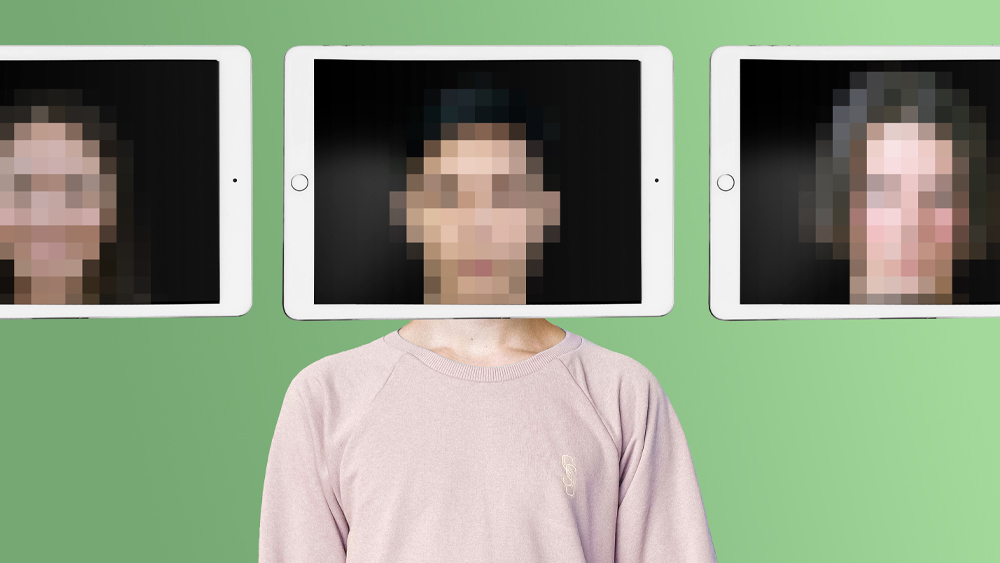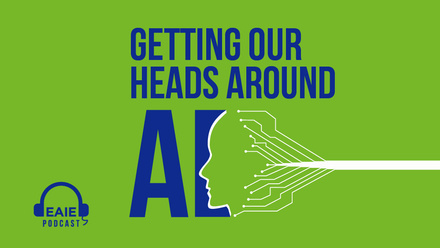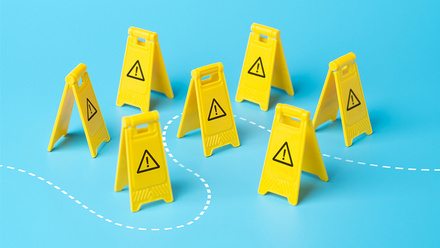Unmasking the imposters: Identity fraud, deepfakes and online test integrity

Someone somewhere is always going to try to beat the system. Human motivation and ingenuity are powerful forces. Identity fraud and imposters sitting exams are nothing new. However, in 2024, someone who does not have to leave the comfort of their home and has the motivation to 'pass' a high-stakes admissions test can use artificial intelligence to generate deepfakes. It is a fundamental responsibility for assessment providers to counter such threats, maintain trust, and test security and integrity.
Identity fraud and impostors
Most malpractice attempts encountered by assessment providers are related to identity fraud and impostors at test centres and online proctoring at-home tests. For LanguageCert Academic, a high-stakes test for admission to higher education, LanguageCert uses various methods and approaches that minimise the possibility of malpractice for its online (at-home) option.
LanguageCert only accepts passports as a valid form of ID. This is the starting point for a series of integrated identity and security checks, which take place throughout the test-taking experience from beginning to end. The first stage is to verify the test taker's identity and ensure the test taker is not an imposter. The features and format of passports vary from nation to nation. LanguageCert uses an application that checks the passport presented by the test taker against the respective features and format of passports from the country of the issue. Since the test is being taken online and at home, the test taker will be using their own device (laptop or computer) to take the test. An image of the test taker is captured via the device and the application checks this against the passport to verify that the test taker is not an impostor. The software also uses 'liveness detection' to check that the image is not a deepfake filter or overlay.
Deepfakes
Deepfakes are images, video and audio produced by artificial intelligence. At its best, this media is created for entertainment. At its worst, the intention is to deceive for illegitimate personal, political and financial ends. In relation to exam and test malpractice, deepfakes are used to create fake forms of identification and for creating filters or overlays, which are used to mask in real time a test taker’s face when they take online at-home tests. The term deepfake is perhaps misleading. It does not refer to the depth of the deception, but rather to deep learning, a mode of generative artificial intelligence used in the creation of deepfakes. It is the complexity and sophistication of this technology that can make deepfakes so convincing and difficult to detect. However, deepfakes are not undetectable, and online proctors act as detectives — a human solution to a technological threat.
Online proctors
The primary role of online proctors is to guide and assist the test taker through the testing process (but not the test itself), ensuring that the test taker's test experience is as positive as possible. Online proctors serve a key role in making the test experience human and accessible rather than an alienating, anonymous automated computer-led interaction. Furthermore, this helps the test taker feel like an individual rather than a candidate number. Online proctors also play a pivotal role in ensuring and verifying that the individual is who they should be and unmasking imposters.
There is a list of telltale signs for spotting the use of deepfake overlays and filters. For instance, proctors can look for blurred or doubled faces, lines around the face, lighting anomalies, inconsistent backgrounds and eye discrepancies. Likewise, the proctor can ask the test taker to perform a series of movements, such as moving their head from side to side or up and down, which can cause a glitch in the malpractice matrix and make the deepfake mask slip.
Deepfakes are not undetectable, and online proctors act as detectives — a human solution to a technological threat.
Securing the device
The goal of online at-home testing malpractice prevention is to ensure the device the test taker is using to take the test — as well as the room they are taking the test in — is secure and free from outside assistance and interference.
With traditional pen and paper exams, the only information and tools the test taker has are a question paper, answer booklet and pen. For an online at-home test to be secure the same conditions must apply, but instead of a pen the test taker has a keyboard and mouse. Before their test, the test taker downloads easy-to-install, guided software to their device. This software provides a secure, interference-free portal so the test taker can only see on their screen and access on their device the equivalent of a combined question paper and answer booklet.
The software prevents keyboard and mouse functions, such as copy and paste, and prevents any programs installed on the device from running simultaneously alongside the test. Also, the software allows only the use of one monitor, prevents virtual access and blocks communication applications. Once a test taker's device is secure, using a second camera (in addition to the device's camera) ensures the room in which the test is taken is secure.
Second camera: securing the room
The test taker is required to download additional software onto their smartphone. To make their phone, like their device, secure and interference-free. The phone becomes a second camera to complement the first camera on the test taker’s device. The test taker uses their phone to live stream a complete 360-degree view of the room and place the phone so that the keyboard and monitor are in sight to provide a live feed for the duration of the test. The online proctor will halt the test if there is any interruption to the live feed or connection dropout from the phone or device.
Some people will always have the know-how and the motivation to try to beat the system. There is little that assessment providers can do to change these individuals' motivation. Rather, it is our responsibility to ensure there is no opportunity to beat the system. Assessment providers can do this by creating a secure at-home test environment and negating artificial intelligence's ingenuity with the seamless combination of cameras, the human eye and software solutions.






